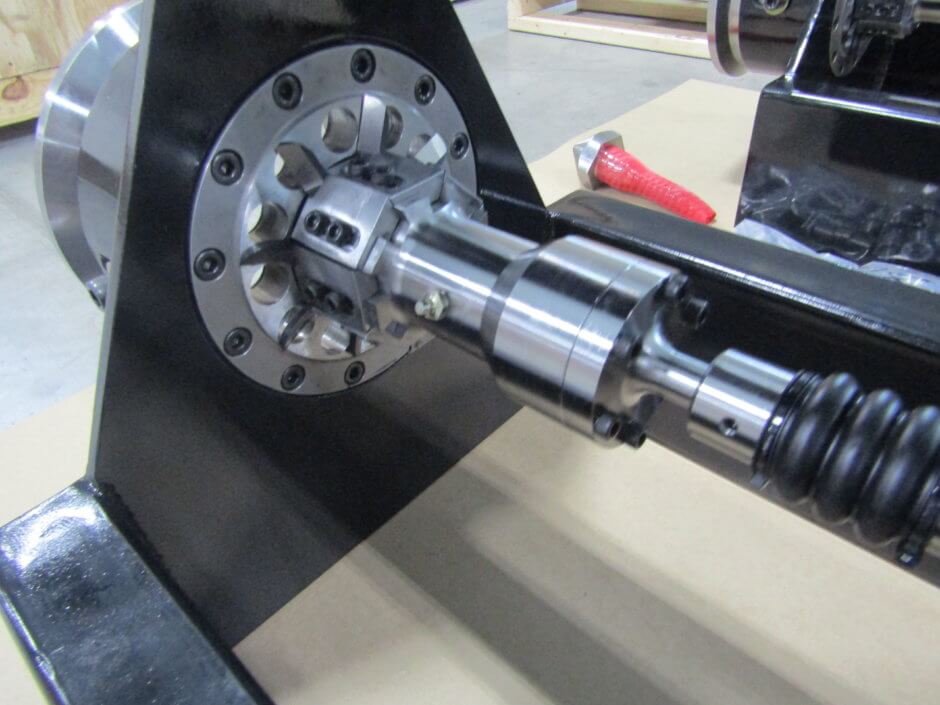Die Open Area and How to Use It

When creating shaped products such as fish or pet food, an important consideration when making various sized products is the die open area. Once a stable extrusion process is achieved, making note of the open area will make creating larger or smaller sizes a bit easier.
To start, let’s understand what the die open area is. Simply put, this is the combined area of all the dies in the cutterhead. As an example, if you have a cutterhead with four die openings and each one has an opening area of 100 mm2, the total open area would be 400 mm2.
The reason that it’s important to know this number is because regardless if you try to make larger or smaller pellets, you want to maintain this open area. As an example, let’s assume you have 10 round dies in a cutterhead plate. Each one is 5 mm in diameter. This gives an open area of about 20 mm2 each for a total of 200 mm2. Now, let’s assume you want to make a pellet using an 8 mm diameter die. As a starting point, you’d see how many dies you need to have in the plate based on this size. 8 mm gives an area of 50 mm2. This means that to maintain the same total open area, you will need four 8 mm dies.
The math doesn’t always work out so even, but it’s a starting point. If your calculation requires something other than a whole number, you may have to experiment to see if you can add another die or reduce the number by one in order to maintain the same extrusion parameters. We were able to use this concept when developing the MS3000 and trying different die and plate sizes for testing.
If you have any questions regarding shape product extrusion, please reach out to our engineering team.



